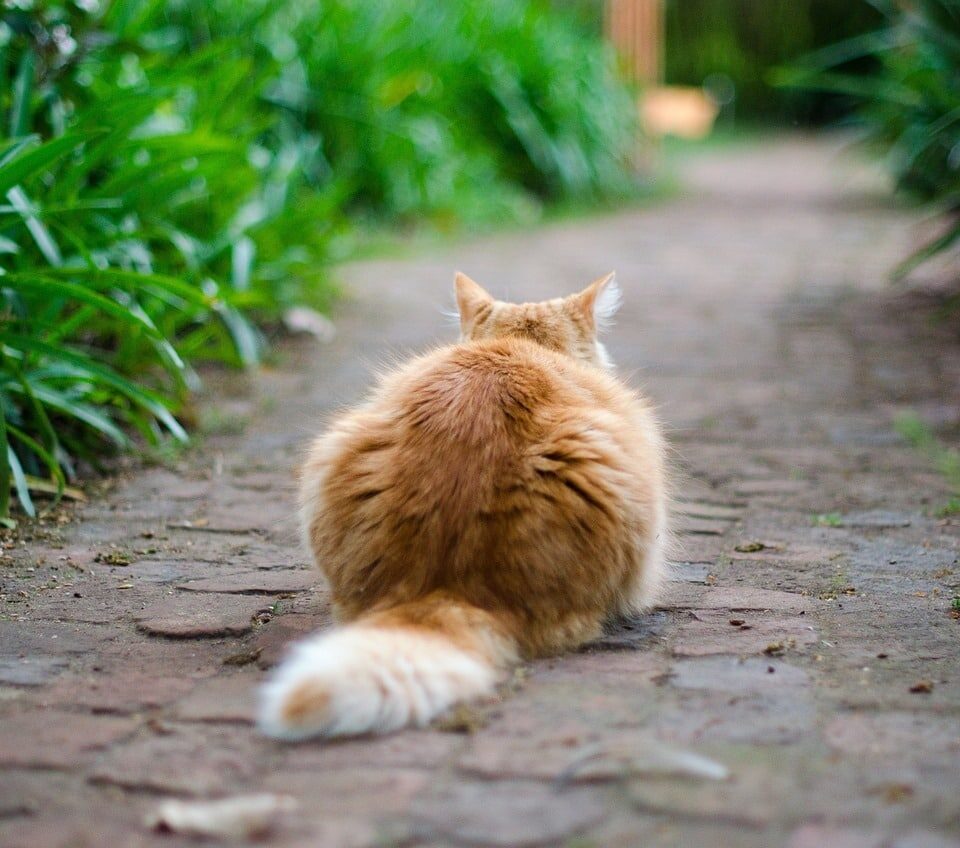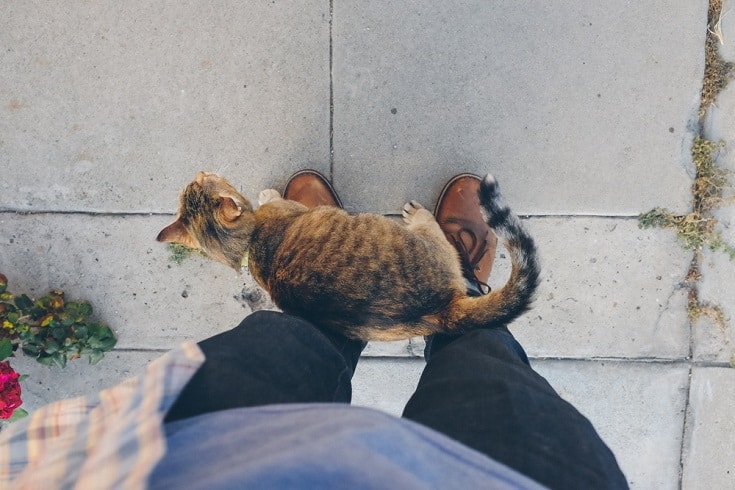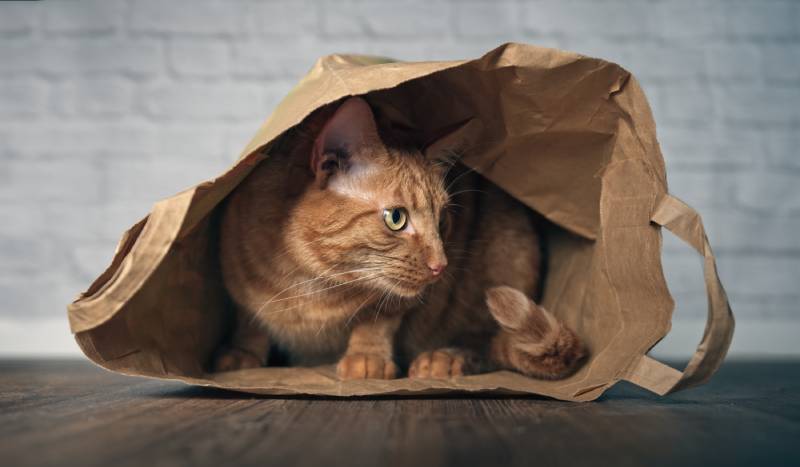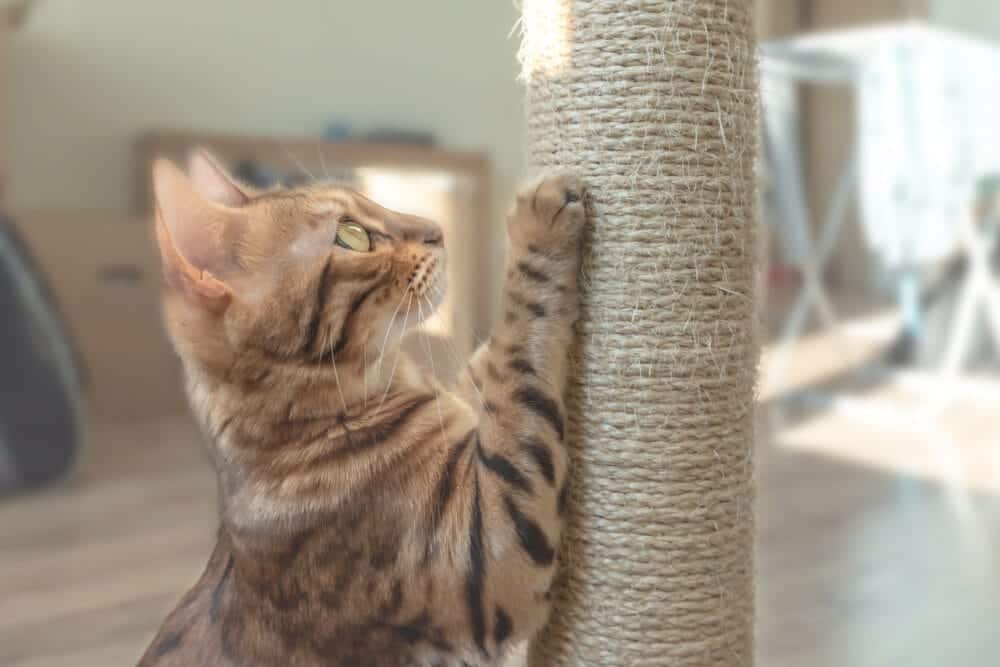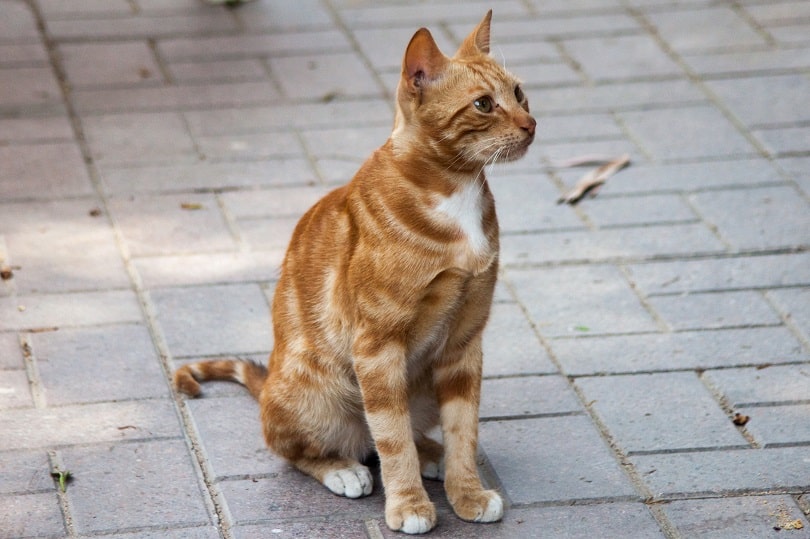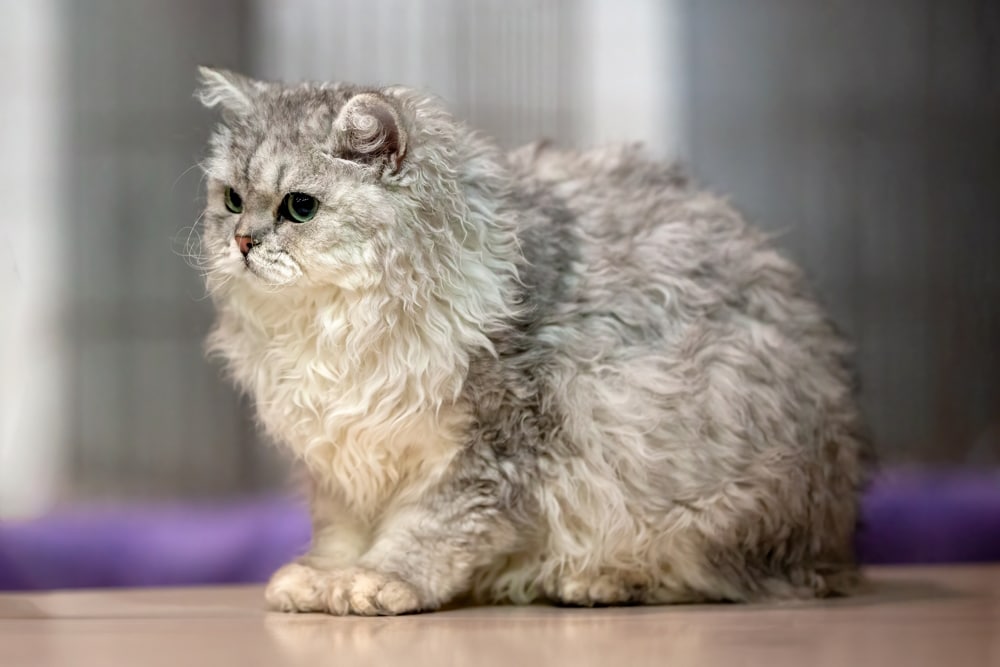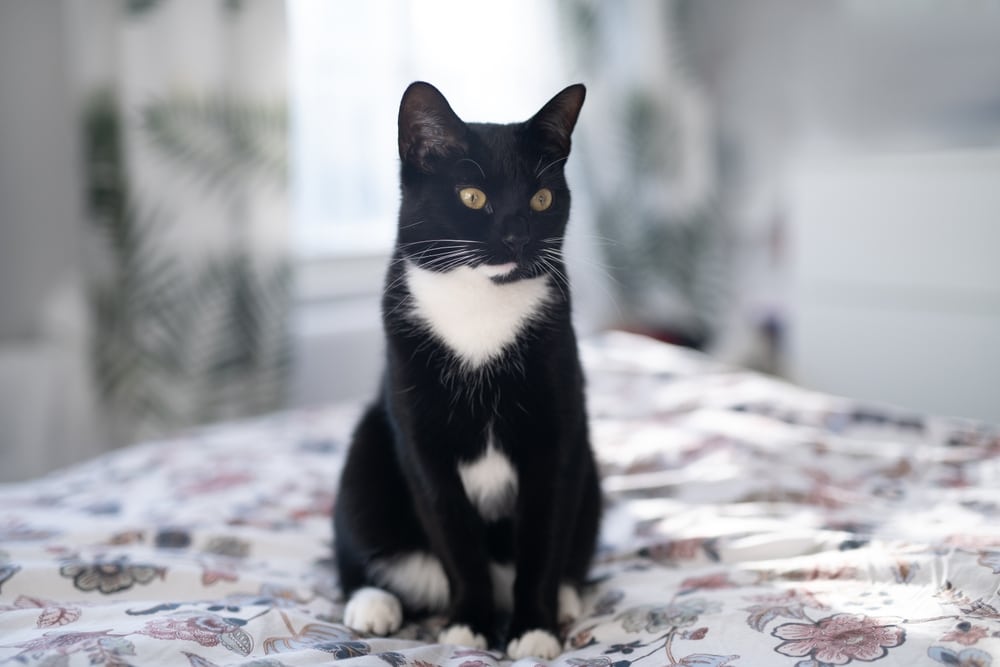If a cat’s tail starts twitching or vibrating, it might seem like a mystery. But fear not, it’s just their way of sending a message.
Cats have their own secret code, communicated through various tail and body movements. These movements can signal anything from contentment to agitation. When a cat’s tail starts trembling, it’s important to consider what else is happening in their environment, as they’re sensitive creatures. A cat might twitch its tail when it hears strange noises or when something has changed in its surroundings.
Tail language is fascinating. Cats don’t have a vast vocabulary of sounds, but they are incredibly expressive with their bodies. They meow to communicate, mostly with humans—they don’t bother much with vocalizations for their feline friends. Their tails, however, often tell the story, whether they’re swooshing, standing upright, or twitching. Understanding these signs can help decode what your feline is feeling.
Now, let’s get into the most common reasons behind those mysterious vibrating tails. Anxiety tops the list. A sudden loud noise or a new object in their environment could make a cat jittery, leading them to show their distress with a rapidly moving tail. Impatience can also trigger this behavior. Perhaps the food bowl is taking too long to fill or playtime isn’t going as expected, and the tail starts letting you know that patience is wearing thin.
Anger is another emotion that might manifest through the tail. Something as simple as stroking your cat for a bit longer than they appreciate or a pesky blow to the face might trigger this reaction. An angry tail twitches as a warning sign that a paw swipe could be next. But not all tail twitching signals negative emotions. A vibrating tail can also show happiness, such as when a cat feels comfortable during petting or gets excited about a treat.
If a cat’s tail won’t stop twitching, identifying and addressing the source of stress can help. Anxiety-induced twitching can often be calmed by removing the cause of anxiety. Sometimes, if a cat is lying down and flicking its tail, it could just be dreaming about adventures or responding to a nearby sound.
Body vibrations in cats also deserve attention. Often, it’s just purring, a typical indicator of a content and relaxed cat. But a vibrating body can sometimes signal nerves, especially if you notice other signs of discomfort.
Understanding what that twitching tail is trying to say can help you respond with comfort and care. By paying attention to a cat’s environment and changes around them, you can help ensure they’re feeling safe and happy. Let that tail be your guide!
